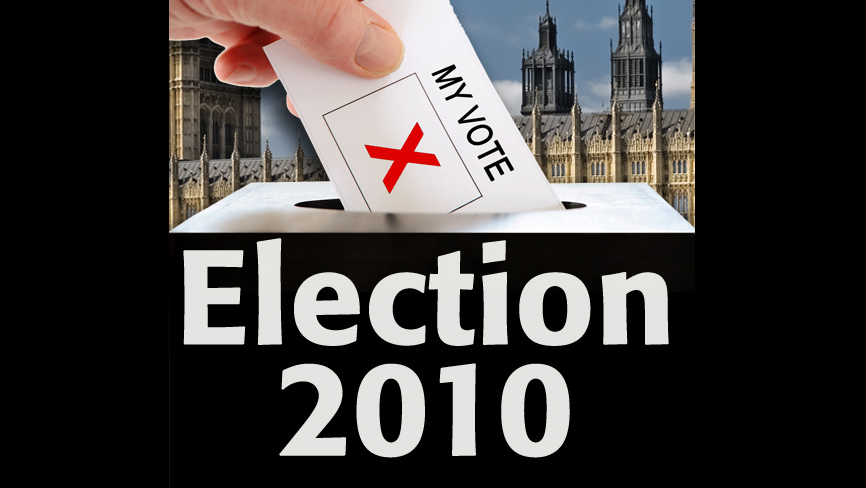Scottish Liberal Dem leader Tavish Scott joined Willie Rennie on the campaign trail in west Fife yesterday.
Mr Rennie, who is fighting to retain the Dunfermline and West Fife seat he won from Labour in a by-election four years ago, was joined by Mr Scott at the home of the Scottish Lime Centre Trust, in Charlestown workshops.
They highlighted the work of the trust which promotes the use of traditional skills to repair, maintain and conserve Scotland’s historic stone-built buildings in making a distinctive contribution to filling the skills gap.
They were told of the work of the trust, which is now entering its 16th year, in providing practical training in traditional skills through a wide ranging training and education programme.
The visit prompted Mr Rennie and Mr Scott to highlight the need for more skills training, in an effort to boost employment throughout Scotland.
“Liberal Democrats have proposed a paid internship scheme, more college places for young people and earlier training for those on the dole,” said Mr Rennie.
“People who are hungry to learn should be given the opportunity to.”
Mr Scott added that creating the kind of skills seen in Charlestown was vital for Scotland’s future economy.
Trust director Roz Artis-Young said, “The relevance of our training and education programme is continuously redefined by the real life evidence of building defects, drawn from all over Scotland, surveyed by our consultants.
“Our training always includes a practical element, whether working with young people, architects, home owners or experienced contractors.
“There is no substitute to practical training when it comes to gaining an understanding of the correct materials and techniques to use when undertaking repairs to traditional buildings.”
